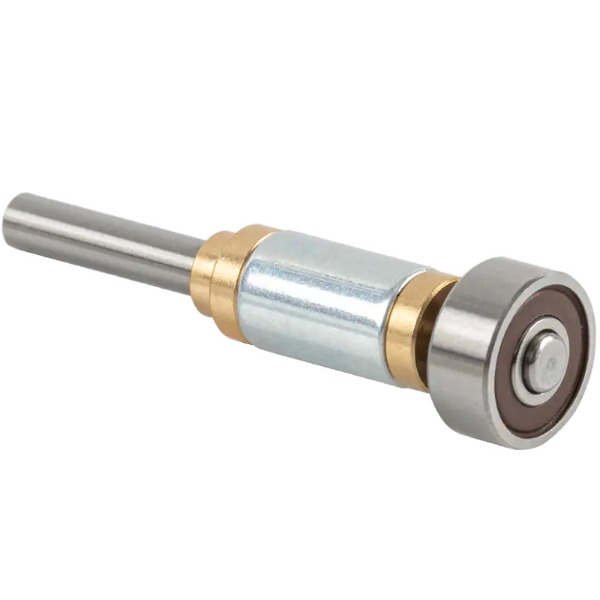Textile bearings, also known as self-lubricating or maintenance-free bearings, have gained popularity in various industries due to their unique properties and advantages. While they have already found applications in specific areas, such as automotive, aerospace, and machinery, the future prospects for textile bearings are promising. Here are some potential developments and trends to watch for:
Advancements in materials: Future textile bearings may witness advancements in material technologies. Researchers and manufacturers are continuously exploring new materials and composites with improved self-lubricating properties, enhanced wear resistance, and higher load-bearing capabilities. These developments can expand the range of applications and improve the performance of textile bearings.
Increased efficiency and performance: The future of textile bearings may involve optimizing their design and structure to improve efficiency and performance. This could include refining the geometry, surface treatments, and manufacturing techniques to reduce friction, minimize energy losses, and enhance load-carrying capacity. Such improvements can lead to increased reliability and longer service life.
Integration with smart technologies: As industries embrace digitalization and the Internet of Things (IoT), there is potential for textile bearings to be integrated with smart technologies. By incorporating sensors or embedded monitoring systems, these bearings can provide real-time data on factors like temperature, vibration, and wear. This enables predictive maintenance, early fault detection, and improved overall equipment effectiveness.
Eco-friendly solutions: Sustainability and environmental consciousness are becoming increasingly important. Future textile bearings may focus on eco-friendly materials, such as bio-based polymers or recyclable composites, to reduce the environmental impact. Additionally, advancements in manufacturing processes that reduce energy consumption and waste generation could further enhance the sustainability of textile bearings.
Expansion into new industries: While textile bearings have already found applications in various sectors, their potential for further expansion into new industries is significant. As technologies evolve and industrial processes become more complex, there will be a growing need for reliable, self-lubricating bearings. Sectors such as renewable energy (wind turbines), medical devices, robotics, and marine applications could benefit from the unique properties offered by textile bearings.
It's important to note that the development and adoption of these future prospects depend on ongoing research, technological advancements, and market demands. Collaboration between researchers, manufacturers, and end-users will play a crucial role in driving innovation and unlocking the full potential of textile bearings in the years to come.


 English
English 日本語
日本語 Tiếng Việt
Tiếng Việt












